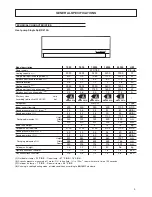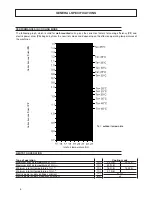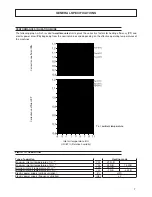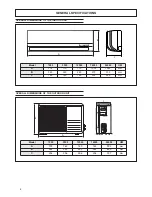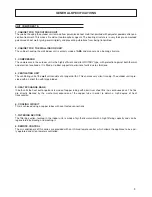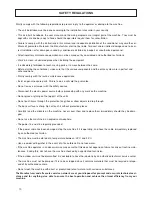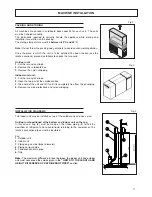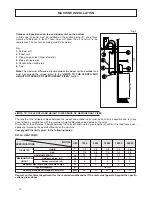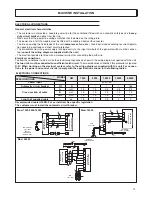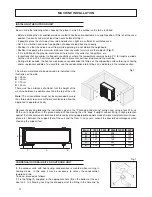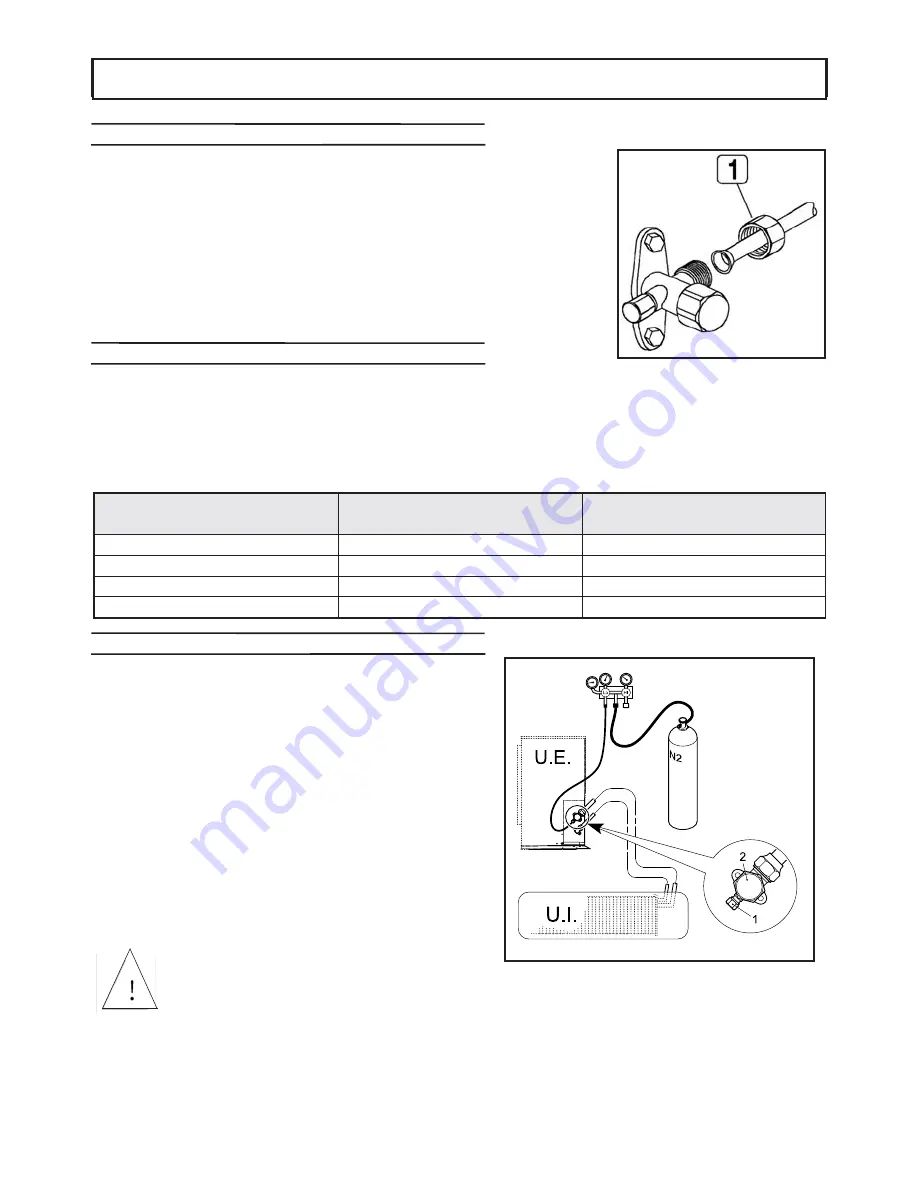
19
TIGHTNESS CHECK (RECOMMENDED OPERATION)
Before setting the system in a vacuum, it is advisable to make
sure that the cooling circuit is tight, including the connecting joints
between the pipes and the indoor unit. Proceed as described
below:
• With the service valves of the outdoor unit completely shut,
remove the cap from the service tap (
1-Fig.2
) and the union (
2-
Fig.2
) of the gas valve (
the larger one
)
• Connect the service valve to a monometric unit plus nitrogen
bottle (
N2
).
• Pressurize the system to a maximum
30 bar
using the nitrogen
in the bottle.
• Use liquid soap to check that the joints are tight.
Keep the bottle vertical during the pressurizing
operation to prevent liquid nitrogen from infiltrating into the system!
• Check all the connection joints on both the outdoor and indoor units to make sure that they are tight. Bubbles will
form if leaks are present. If bubbles appear, make sure that the unions have been tightened and that the flares are
the right shape.
• Wipe off the liquid soap with a rag.
• Reduce the pressure of the nitrogen in the circuit by loosening the charge pipe from the bottle.
• Having reduced the pressure, disconnect the nitrogen bottle.
MACHINE INSTALLATION
COOLING CONNECTIONS
Comply with the following indications when connecting the cooling pipes:
• Match the ends of the previously flared pipe with those of the connections on the
interior and exterior units.
• Tighten the union by hand and then torque it with the aid of an adequate wrench
(it is advisable to use a fox wedge to prevent tensions from being created on the
pipes).
Repeat the operation for the second cock.
PIPE CLAMPING
Make sure that the connecting zone is free from dust and dirt.
• Make sure that the flare and connection are perfectly aligned.
• Tighten the union first by hand and then with an adequate torque wrench.
Leaks could occur if the parts are insufficiently tightened, while the flare could be damaged if it is tightened too strongly.
The table below lists the torques recommended for the various pipe diameters.
Fig.1
Nominal
diameter (")
Outer
diameter (mm)
∅
Torque (N·m)- (kgf·cm)
1/4
6.35
14 ~ 18 (140 ~ 180)
3/8
9.52
33 ~ 42 (330 ~ 420)
1/2
12.70
33 ~ 42 (330 ~ 420)
5/8
15.88
33 ~ 42 (330 ~ 420)
Torque table (Reference values)
Fig.2

